A)Syrian Army Liberates Ancient City of Palmyra from ISIS [UPDATED]

The
Arch of Triumph, as photographed after Palmyra’s liberation (photo by
Maher Mouaness, all via Directorate-General of Antiquities & Museums
Syria, used under CC BY-SA 4.0 license)
Images and video that have since emerged from the UNESCO World Heritage site reveal previously unknown damage to a number of structures, such as the Palmyra museum; however, other significant ruins survived unscathed, giving archaeologists hope as they begin assessing the full extent of ISIS’s actions.
“We are optimistic that we can restore this ancient city, a prospect that fills us with happiness and joy, despite the war we are still living through,” Abdelkarim wrote in the Guardian.
Others are less confident: Annie Sartre-Fauriat, a UNESCO expert on Syria, told AFP she is “very doubtful about the capacity, even with international aid, of rebuilding the site at Palmyra.
“When I hear that we are going to reconstruct the temple of Bel, that seems illusory,” she said. “We are not going to rebuild something that has been reduced to dust. Rebuild what? A new temple? I think there are probably other priorities in Syria before rebuilding ruins.”
Sartre-Fauriat also expressed qualms about the presence of the Syrian army, noting that during its occupation of Palmyra between 2012 and 2015 it “caused a lot of destruction and pillaging.”
According to Abdelkarim, militants converted the museum into a court and dungeon. The limestone statue at its entrance, the Lion of Al-lāt, was one of the first victims of ISIS’s occupation, but antiquities staff has, until now, been uncertain of the state of the museum’s holdings. While they had moved many artifacts to Damascus for safekeeping before ISIS arrived, they were shocked to see the scope of the damage to the building and its remaining collection. Terrorists smashed artifacts and statues, littering the halls with remnants and broken pedestals and display cases. They also seem to have blown up the basement. Amr al-Azm, a former Syrian antiquities official, said that ISIS fighters had broken many of the statues’ faces but did not completely destroy them, meaning that they could undergo some level of restoration.
The museum’s director, Khalil al-Hariri, returns to Palmyra today for the first time since his departure in May. He’s one of thousands of local experts in archaeology and engineering that Abdelkarim says will work to restore the ancient city. As Russian network RT reported, new surveys — many conducted by drones — indicate the extent of the damage. The Camp of Diocletian, a Roman-era military complex, appears to have been razed. Previously, in addition to blowing up early Islamic burial chambers last June, members of ISIS drove bulldozers through Mar Elian, an ancient catholic monastery, and used explosives to demolish the nearly 2,000-year-old Temple of Baalshamin. They also destroyed the city’s intricately carved Arch of Triumph — the most famed of its ruins — as well as the Temple of Bel‘s main building. According to Abdelkarim, however, the walls and gates of the temple complex, as well as its shrine’s large door, remain intact, “along with monuments along the central road, the agora, the amphitheater, the crossroads, and the citadel.”
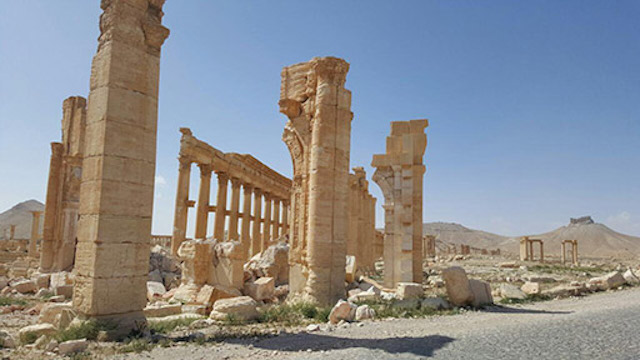
The Arch of Triumph, as photographed after Palmyra’s liberation (photo by Maher Mouaness)
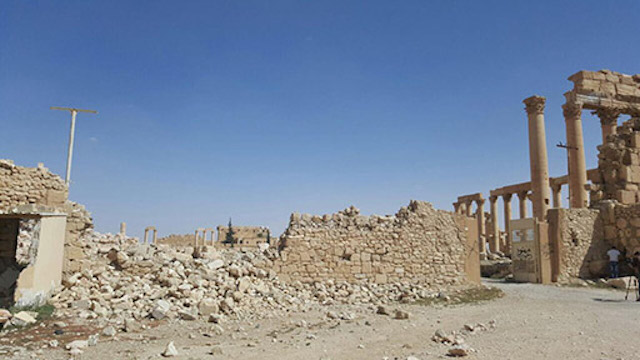
The Temple of Bel complex, as photographed after Palmyra’s liberation (photo by Maher Mouaness)
“We were expecting the worst,” Abdulkarim told AFP. “But the landscape, in general, is in good shape. We could have completely lost Palmyra … The joy I feel is indescribable.”

The Palmyra theater, as photographed after Palmyra’s liberation (photo by Maher Mouaness)

The stage of the Palmyra theater, as photographed after Palmyra’s liberation (photo by Maher Mouaness)
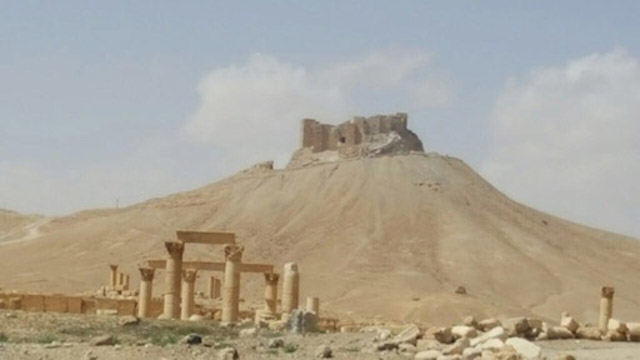
The Fakhr-al-Din al-Maani Castle, as photographed after Palmyra’s liberation (photo by Maher Mouaness)
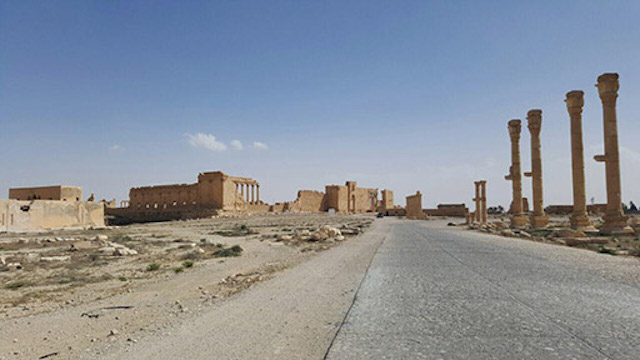
The Temple of Bel complex, as photographed after Palmyra’s liberation (photo by Maher Mouaness)
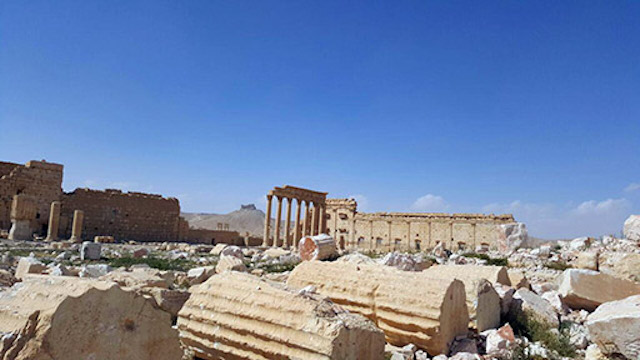
The Temple of Bel complex, as photographed after Palmyra’s liberation (photo by Maher Mouaness)
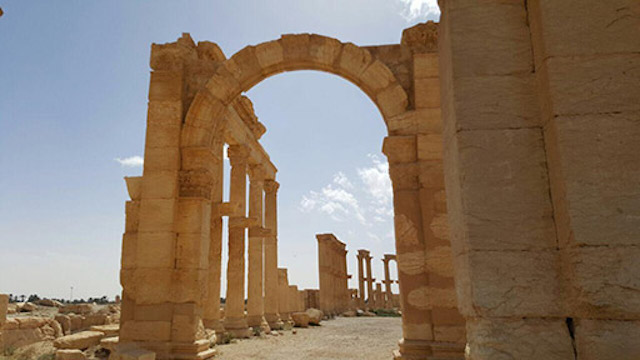
A stretch of the Great Colonnade, as photographed after Palmyra’s liberation (photo by Maher Mouaness)
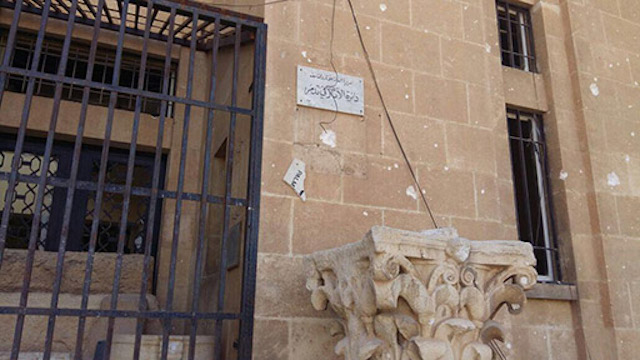
The Palmyra museum
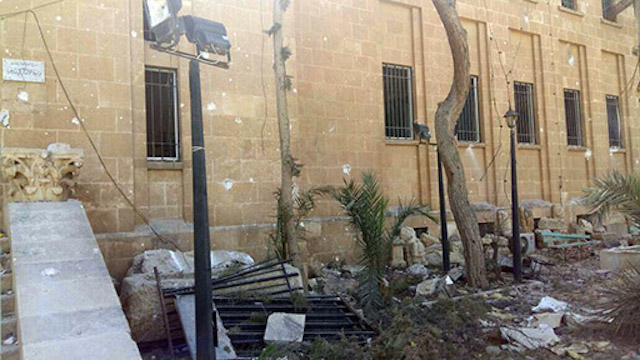
The Palmyra museum
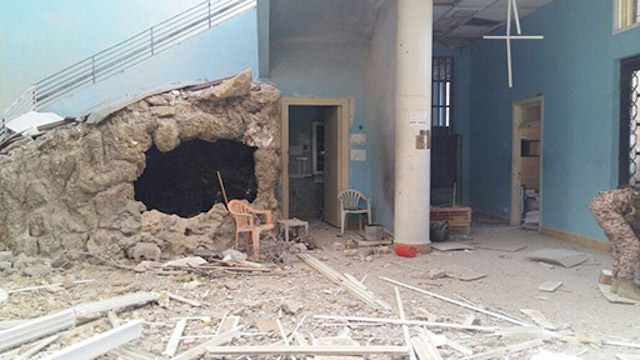
The Palmyra museum
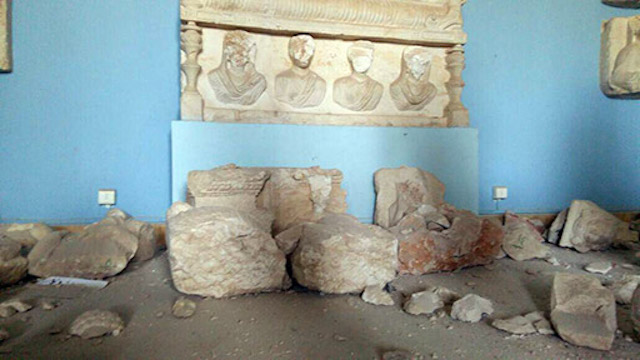
The Palmyra museum
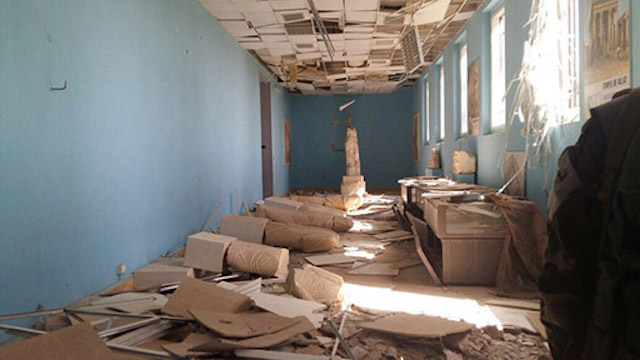
The Palmyra museum
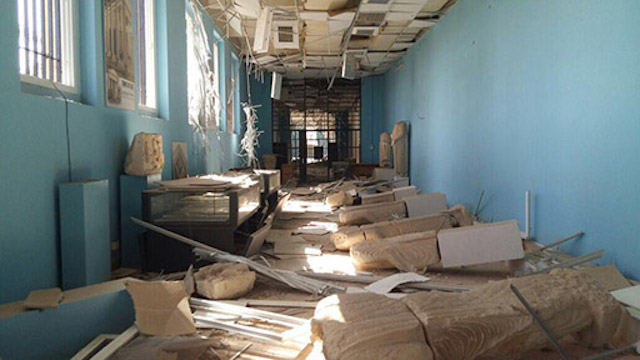
The Palmyra museum

The Palmyra museum

The Palmyra museum

The Palmyra museum
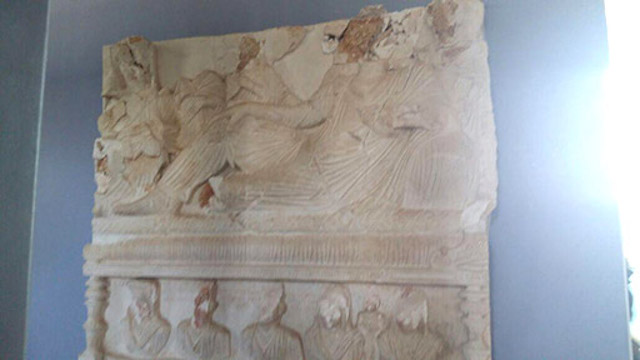
The Palmyra museum

The Palmyra museum
Update, 3/28, 2:20 pm ET: This story has been updated to incorporate comments from an expert from UNESCO.
Update, 3/29, 12:20 pm ET: Abdulkarim
has said that a covert effort by his department alerting ISIS to
possible consequences of their actions contributed to the city’s partial
preservation. Through messages delivered by Palmyra-based
government workers, he and his team convinced locals — naturally proud
of these sites, which also fuel their economy — to pressure militants
into halting attacks.
“We were working with 45 to 50 people inside
the city in order to convince Daesh, with public pressure, not to
destroy everything,” he said.
“Daesh saw that there would be a popular uprising against it if it
destroyed everything. It didn’t steal, and it didn’t destroy
everything.”As the New York Times notes, the militants had remained relatively quiet about their destruction in Palmyra, compared to the videos vividly chronicling their rampage at other ancient sites.
www,yperalergic.com
============================================
B)ΑΣΑΝΤ ΚΑΙ ΠΟΥΤΙΝ ΤΕΛΕΙΩΝΟΥΝ ΤΟΝ ISIS ΣΤΗ ΣΥΡΙΑ
Γράφτηκε από τον geoathanas
Λίγα
24ωρα μετά την απελευθέρωση της Παλμύρας, ο Άσαντ προελαύνει για να
κατακτήσει την Ντέιρ εζ Ζορ στα 140 χιλιόμετρα από την αρχαία πόλη που
διασώθηκε από τους βάνδαλους.
Τη Δευτέρα τα
στρατεύματα του Άσαντ προήλασαν τέσσερα χιλιόμετρα στην Εθνική οδό Μ7
που συνδέει την Παλμύρα με την πρωτεύουσα της επαρχίας, την Ντέιρ εζ
Ζορ.
Ωστόσο η προέλαση θα κρατήσει καιρό
γιατί οι τζιχαντιστές κατά την υποχώρηση τους ανατίναξαν τον δρόμο και
γέμισαν με νάρκες την περιοχή. Το Ισλαμικό Κράτος υποχωρεί και προσπαθεί
να καθυστερήσει όσο γίνεται την τελική μάχη.
www.dynati-ellada.gr




Δεν υπάρχουν σχόλια:
Δημοσίευση σχολίου